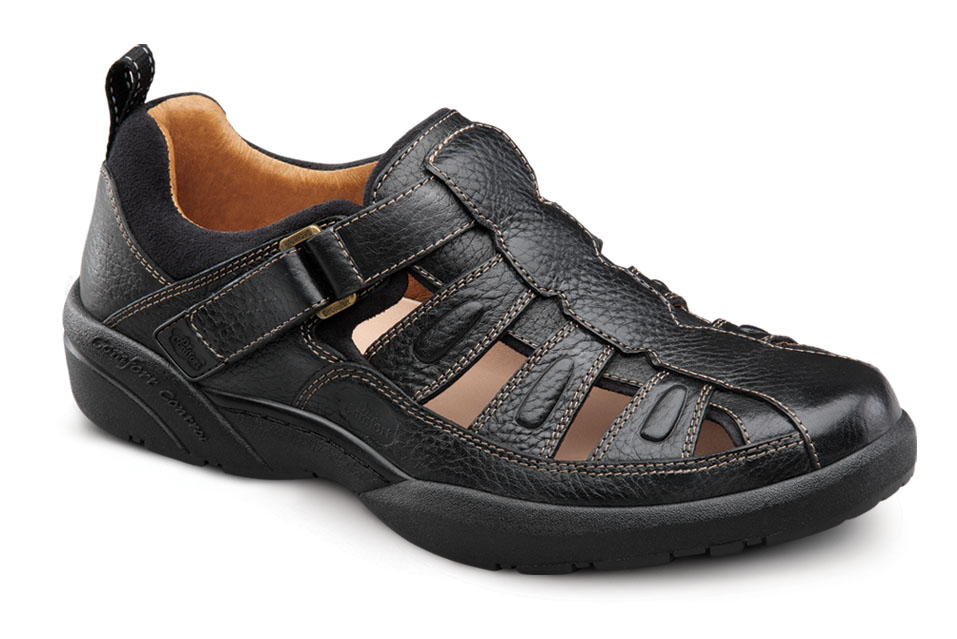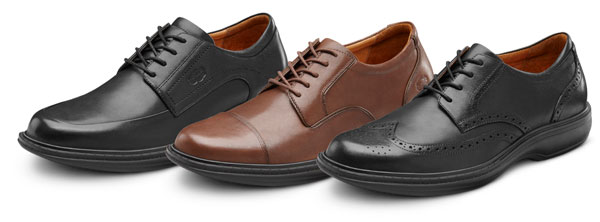When was the last time you were out to dinner with friends and one of them said, “I get around fine but I really want one of those walkers, they look like so much fun!” or “I saw the most beautiful back brace the other day”? Probably never, because the fact is that people who purchase devices such as these are generally motivated by necessity rather than desire. When you’re talking about shoes, however, that’s something people actually want.
Many people enjoy shoes so much that they’re constantly on the lookout for a stylish new pair. Fashionistas might say that shoes are the person, that they define their lifestyle. People say to each other, “I just love those shoes, where did you get them?” Provide someone with a pair of shoes they love—especially shoes that provide them with additional comfort and health benefits—and they’ll remember you. More importantly, do it right and they’ll come back to you for more, year after year.
The most basic principle you need to appreciate in order to make any business succeed is this: People don’t always make buying choices based on what they need; they also make them based on what they want.
To whatever extent your DME/HME business is successful today, it’s because you’ve found a way to give people something they want. For most this means differentiating your business on a service level, not a product level. Could physicians refer their business elsewhere and get the exact same products? Of course. Could patients get the exact same supplies somewhere else? Absolutely. And if they shop around it’s likely they could even find less expensive alternatives. Instead, these people come to you because they want fewer hassles, they want your expertise and they want the added convenience you provide.
But do people really want many of the products you provide? Take a look at your entire product offering. Which of these medical equipment products do people really get excited about? If they didn’t have an ailment that required a certain product, would they still want to own it?
When most DME/HME providers consider carrying diabetic shoes they review Medicare reimbursement rates and simply look at the revenue potential. Providing diabetic footwear can certainly be an excellent source of revenue on its own, but what most fail to consider is how many new customers they can attract by providing something people actually want. What’s a new diabetic patient worth to your business each year? Most providers say thousands. How many of your other products will those new customers need, if not today, then over time?
Consumers today are more in charge of their health-care choices. To win more business you have to find ways to give them more of what they want. When you do so you not only win their business today, you also win their loyalty and the opportunity to meet more of their future medical needs. Combine the service component you already provide with a product your customers actually want and you can take your business to the next level.

Diabetic shoes provide a wide-open market of potential new customers. At some point or another, most will also need other products you offer. Approximately 10.9 million, or more than one in every four U.S. residents over age 65, is diabetic1. While most of these people would qualify for Medicare reimbursement for diabetic footwear, less than 15 percent are actually receiving them. These patients could benefit greatly from the protection diabetic shoes and inserts provide against the more serious foot health complications associated with diabetes, such as foot deformities, ulcerations and amputations.
The CDC recently released a study showing that the rate of diabetic amputations has fallen by more than half since the mid-1990s2. Since 1993 Medicare has provided partial reimbursement for prescription diabetic shoes and inserts. Medical experts agree that many diabetic amputations can be prevented by using diabetic footwear as an integral part of a comprehensive foot care program.
But diabetic footwear isn’t just about Medicare. Today’s consumer is willing to pay cash for wellness, especially when it comes with the added benefit of style. It can also open the door to carrying other related profitable cash product lines such as diabetic socks, slippers, sandals or compression wear.
Why wait for a customer to find you when they need one of your products? Make them a loyal customer today. Providing diabetic footwear can help you do just that, and in the process you’ll also be helping many diabetics avoid more serious foot health problems. People love shoes, so why not provide a product that not only helps protect the patients under your care, but also gives them something they truly want to have?

References:
1) Centers for Disease Control (CDC) “National Diabetes Fact Sheet, 2011.”
2) Centers for Disease Control (CDC) “CDC report finds large decline in lower-limb amputations among U.S. adults with diagnosed diabetes,” January 24, 2012.
